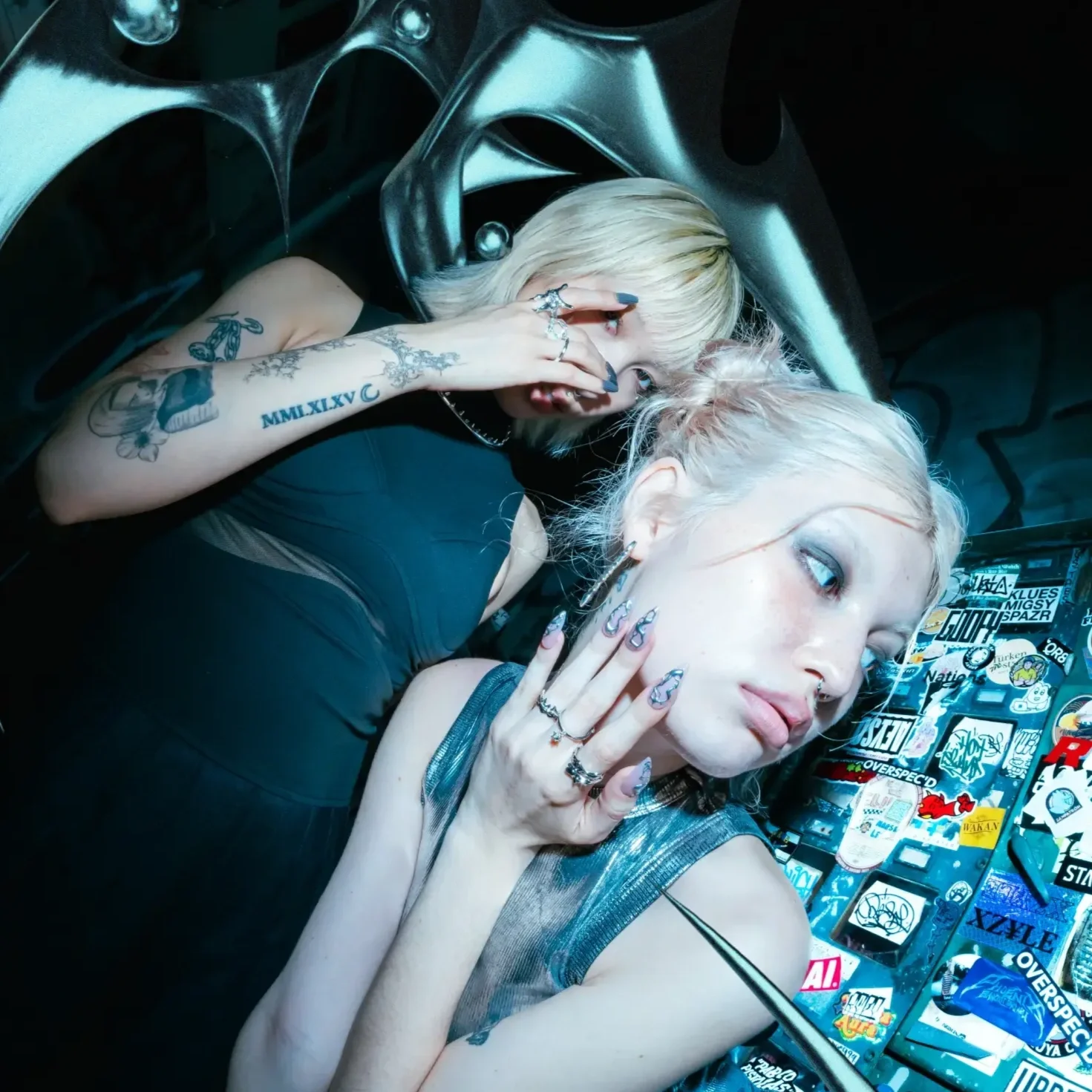Tampopo - Japan’s Ramen Western
If we look at the world of cinema, stories about food often take a backseat to the more popular focus on drama, action, and romance. That’s exactly where Juzo Itami’s Tampopo breaks the mold, placing food on the foreground in Japan’s ramen western. Released in 1985, Tampopo mixes elements of Westerns, gangster films, and comedy in an exploration of Japanese culture through the lens of food, hailing as world’s first true food movie, long before Big Night (1996) or even Before Babette’s Feast (1987).
The Cowboy, The Gangster, and The Ramen Master
At its heart, Tampopo is an homage to Westerns, with Goro’s character embodying the classic lone hero archetype. Arriving at Tampopo’s ramen shop, he resembles a gunslinger stepping into a small town, sizing up adversaries, and seeking to set things right. Upon his first arrival, Goro clashes with one of Tampopo’s regulars who is scoffing her and the quality of her ramen. As the trucker duo remarks that they are trying to enjoy their short ramen break in silence, things escalate and it comes to a brawl.
Goro’s charm only increases as his drive to improve Tampopo’s skills turns into a tough-love mentorship, where each lesson he shares - whether it’s about ingredients, cooking methods, or the ramen bowl itself - underscores his reverence for the craft and growing affection for Tampopo.
His cowboy presence brings a certain level of levity, as he tackles challenges with a nonchalant resolve, whether he’s facing down bullies in the ramen shop or battling culinary traditions. In one scene, Goro, Tampopo, and their crew embark on a midnight ramen heist, sneaking into rival shops to learn trade secrets and emulate the best techniques. Through this mishmash of genres, Itami pays homage to the American Western while playfully adapting it to Japanese cultural elements, with ramen replacing guns and shootouts.
The Tensions of Japanese Food Culture
Yet, Tampopo is so much more than the story of a cowboy in a ramen shop. The film weaves in several vignettes, each shedding light on various aspects of food culture. Each of the vignettes is a window through which Itami underscores Japanese society’s relationship with food in all its forms—from strict etiquette to unabashed enjoyment.
For instance, in one vignette, a wealthy older woman teaches young women the “proper” Western way to eat spaghetti without slurping. As they awkwardly attempt to twirl noodles around their forks in silence, an oblivious Westerner at the next table slurps noisily, breaking the tension and inciting the women to embrace the joy of slurping. The scene pokes fun at Japan’s adoption of Western manners, showing the absurdity of suppressing the enjoyment of a dish to adhere to social norms.
Another satirical vignette involves a group of Japanese businessmen out for a fine French dinner. While most of the executives timidly defer to their boss’s order, a young executive goes rogue and orders the most complex, expensive dishes on the menu, rattling off names in perfect French. The scene serves up a playful critique of Japan’s aspirational dining culture, where Western luxury is often equated with status. The executives are hilariously out of their depth as they navigate French dining etiquette, gawking as the young man orders with confidence. The young executive’s act of rebellion shows the contrast between the old and new Japan,
Yet one of Tampopo‘s most unforgettable and bold scenes involves the sensual, almost ritualistic act of passing a raw egg yolk between two lovers’ mouths. Slowly, delicately, they exchange the yolk back and forth, finally breaking it in a burst of rich yellow that mirrors both sensual pleasure and the act of surrender. In an era where Japanese cinema rarely associated food with sensuality, this sequence broke boundaries, inviting you to see eating as an experience that engages all senses.
Through these vignettes, Itami turns food into more than a prop—it’s a bridge, a battleground, even an aphrodisiac. Tampopo is a ramen western, sure, but its genius lies in how it redefines the way we think about eating. It’s not just sustenance; it’s life itself, served with a side of satire, sensuality, and heart.
Ramen as Cultural Identity
Ramen itself becomes a central metaphor in Tampopo, representing craftsmanship and tradition. Each character has a different philosophy on how ramen should be prepared and eaten, highlighting the dish’s versatility and cultural significance in Japan. As Tampopo refines her skills, learning everything from the ideal texture of noodles to the proper balance of flavors, she embodies the Japanese spirit of shokunin, or the pursuit of perfection. Her journey reveals ramen as more than a popular dish, but rather a symbol of discipline, dedication, and pride in one’s craft.
In an early scene, an elderly ramen master gives Gun, Goro’s right-hand man, a powerful lesson: the bowl, the noodles, and even the broth have to coexist in harmony. This moment reflects not only the intricacies of ramen-making but also the deeper, often spiritual approach to life that Japanese culture embraces. By perfecting her craft, Tampopo learns not just how to make a bowl of ramen, but how to balance her own life, her identity, and her relationships.
Food Cinematography
Itami’s direction and the cinematography in Tampopo play a crucial role in celebrating the beauty of food. The film is filled with visually stunning shots that make you acutely aware of the textures, colors, and movements involved in both cooking and eating. Close-ups of steaming bowls of ramen, delicate noodles, a mix of messy and carefully arranged ingredients, every shot of food in Tampopo carries a deeper significance while exposing us to the beauty of food.
This genre-blending creates a unique viewing experience that is both playful and thought-provoking. By subverting genre conventions, Itami engages you in a dialogue about the nature of storytelling itself, using food as a lens through which to explore broader cultural themes.
Ultimately, Tampopo is about the endless pursuit of mastery, the joys of shared meals, and the connections that food fosters between people. Itami’s attention to detail, humor, and reverence for food as an art form have turned Tampopo into the ultimate food cult classic, inviting us all to think of eating as a journey rich with meaning and pleasure.









Blending beauty and violence, Chiaki Kuriyama's path to becoming a cinematic cult icon.